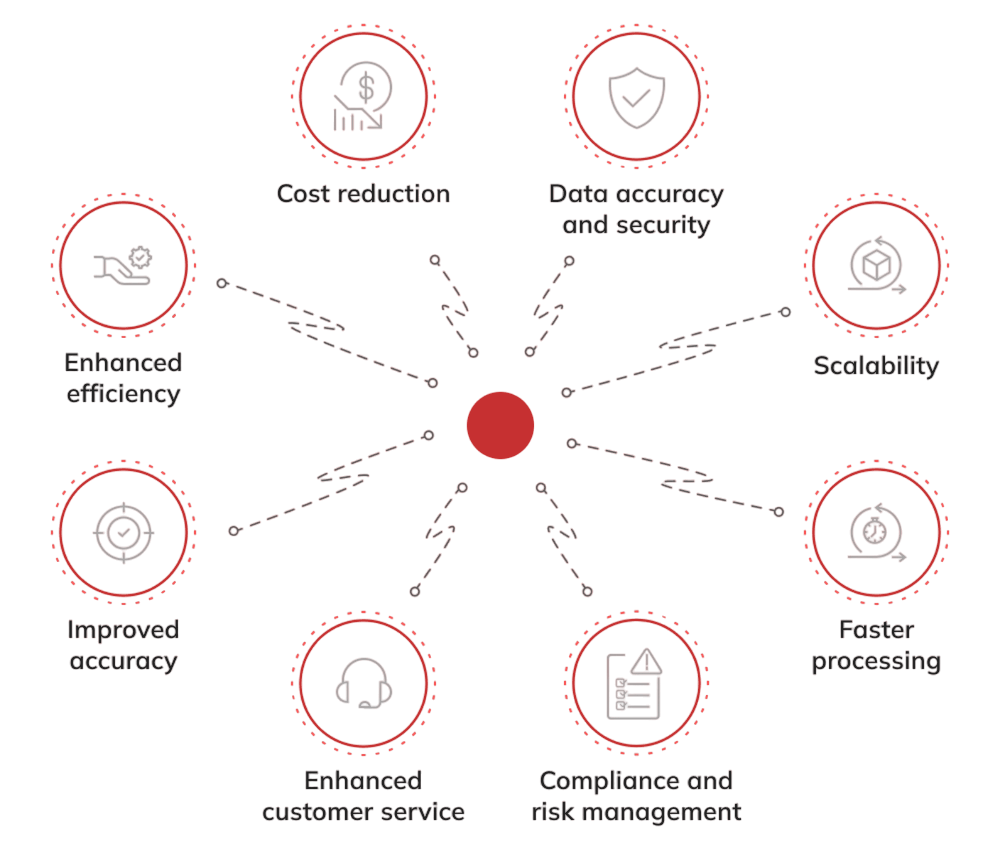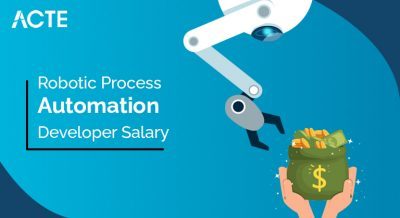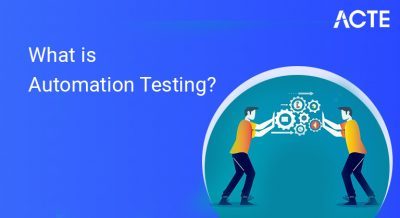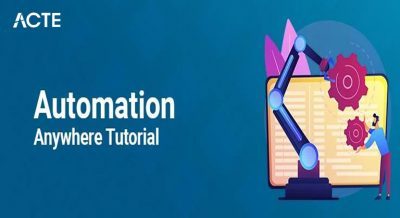
- Introduction toRPA Developer Roles
- Core Responsibilities of an RPA Developer
- Understanding Client Requirements
- Designing Automation Workflows
- Developing and Testing Bots
- Deployment and Maintenance of Bots
- Documentation and Reporting
- Security and Compliance in RPA
- Career Growth for RPA Developers
Introduction to RPA Developer Roles
Robotic Process Automation (RPA) is revolutionizing how businesses handle repetitive tasks. At its core, RPA development involves designing, building, and deploying software robots (bots) that mimic human interactions with digital systems. These bots automate rule-based, high-volume processes, improving efficiency, reducing errors, and freeing human employees to focus on more SoftwareTesting Training work. RPA developers are the architects behind these bots. They use RPA tools like UiPath, Automation Anywhere, and Blue Prism to create scalable, reliable automation solutions. Understanding the role of an RPA developer is essential for anyone entering this exciting and rapidly growing field.
Core Responsibilities of an RPA Developer
The primary responsibility of an RPA developer is to design, develop, and implement automation solutions that enhance Business Analysts. This involves analyzing existing workflows, identifying automation opportunities, and creating bots that perform tasks such as data entry, report generation, email handling, and system updates. Additionally, RPA developers must ensure that bots operate efficiently, adhere to best practices, and maintain the integrity of the systems they interact with. They must also collaborate with different teams to gather requirements, conduct testing, deploy bots, and monitor their performance post-implementation.
Become an expert in automation testing by joining this Automation Testing Online Course now.
Understanding Client Requirements
Before diving into development, an RPA developer must thoroughly understand the client’s needs and the specific processes targeted for automation. This typically involves attending requirement-gathering sessions with stakeholders, reviewing current workflows, and identifying bottlenecks or inefficiencies. Alert Popups Handle Selenium WebDriver must ask the right questions to uncover hidden steps or variations in the process that could impact automation. Documenting these requirements accurately is crucial because any misinterpretation could lead to bots that fail to meet Business Analysts expectations. Building a strong foundation based on a deep understanding of client requirements ensures smoother development and successful RPA project outcomes.

Key Best Practices:
Enroll in this comprehensive Automation Testing Online Course and boost your career.
Designing Automation Workflows
Once requirements are precise, the next step is designing the automation workflow. This involves creating process flowcharts or diagrams visually representing how the bot will interact with different systems and complete tasks. The design must account for variations in data, exception SoftwareTesting Training, and security considerations. RPA developers use tools like UiPath Studio or Automation Anywhere Designer to create and visualize workflows. Good design practices also involve modularization breaking large processes into smaller, reusable components. This not only simplifies development but also makes future maintenance and updates easier.
Developing and Testing Bots
With a well-thought-out design in hand, development can begin. RPA developers write scripts or use drag-and-drop interfaces to build bots. Development must adhere to best practices like proper error handling, logging, and retry mechanisms to ensure bots are resilient and maintainable. After creating the bot, rigorous testing is critical. Developers conduct unit tests to check Selenium Select Class components and system tests to validate the bot’s performance in real-world environments. Testing ensures the bot handles expected inputs correctly and gracefully manages exceptions, minimizing downtime or errors when deployed. No development process is perfect, and bots may encounter unexpected issues during testing or live operations. RPA developers must be adept at troubleshooting and debugging to identify and fix problems quickly. Debugging involves stepping through the Automation Workflows, examining logs, and using built-in debugging tools provided by RPA tools. Developers must analyze error messages, system behavior, and input data to pinpoint root causes. Effective troubleshooting not only resolves immediate issues but also helps developers improve bot designs to prevent similar problems in the future. A proactive attitude towards debugging strengthens the reliability of RPA solutions.
Accelerate your career in QA with ACTE’s Automation Testing Master Program Training Course start learning today!
Deployment and Maintenance of Bots
Once bots have passed all testing phases, they are ready for deployment into production environments. Deployment often requires close coordination with IT teams to ensure bots operate on the proper infrastructure with appropriate access rights. RPA developers must configure bots for scheduled runs or event-triggered executions and monitor their initial performance closely. Post-deployment, bots require ongoing maintenance to accommodate changes in business processes, system upgrades, or new compliance Client Requirements. Maintenance also involves monitoring bots for Ansible vs Chef or performance degradation and implementing improvements to keep them running optimally. Business Analysts (BAs) play a critical role in bridging the gap between business needs and technical implementation. RPA developers must work closely with BAs to ensure that the bots they build accurately reflect business requirements. BAs often help prioritize automation candidates, map current processes, and validate the Automation Workflows. Strong collaboration between developers and BAs leads to better requirement gathering, smoother UAT (User Acceptance Testing), and higher stakeholder satisfaction. Open communication and regular feedback loops between developers and BAs are essential for successful RPA development.

Documentation and Reporting
Thorough documentation is vital for the success and longevity of any RPA project. RPA developers must document everything, from Client Requirements and process flows to bot architecture and user manuals. Good documentation ensures that future developers can understand, modify, and The Most Effective Robotic Process Automation Certificationbots without starting from scratch. Reporting is equally essential; developers often create dashboards or reports showing bot performance, task completion rates, error rates, and ROI (Return on Investment). Well-organized documentation and insightful reporting help organizations maintain transparency, ensure compliance, and track the success of their automation initiatives.
Key Best Practices:
- Use standardized templates to document process definitions, exception handling, and deployment steps to maintain RPA project consistency.
- Include version history and change logs to track updates made to bots and automation scripts over time.
- Capture technical and functional details so non-technical stakeholders can understand the automation scope and impact.
- Automate reporting using built-in RPA tools or integrate them with BI tools like Power BI or Tableau.
- Maintain a centralized documentation repository (e.g., SharePoint, Confluence, GitHub) for easy access and collaboration.
- Review and update documentation regularly to reflect process changes, platform updates, or optimization efforts.
Want to crack your next QA interview? Check out this helpful blog on Automation Testing Interview Questions and Answers.
Security and Compliance in RPA
Security and compliance are paramount in RPA development. Bots often access sensitive data and critical systems, making them potential targets for cyber threats. RPA Developer Roles must implement best practices such as RPA vs Selenium credentials, using secure credential vaults, and enforcing role-based access controls. Compliance with regulations like GDPR, HIPAA, or SOX is often mandatory, depending on the industry. Developers must design bots to handle data responsibly, maintain audit trails, and respect user privacy. Prioritizing security and compliance from the design phase minimizes risks and builds trust in automation solutions. Becoming a successful RPA developer requires diverse technical and soft skills. Technically, proficiency in RPA tools like UiPath, Blue Prism, or Automation Anywhere is essential. Knowledge of programming languages such as C#Python, or VB.NET can be a strong advantage. Familiarity with databases, APIs, and web services is also essential, as bots often need to interact with these systems. Soft skills like analytical thinking, problem-solving, attention to detail, and communication are equally critical. An effective RPA developer must understand Business Analysts, anticipate potential issues, and collaborate with cross-functional teams.
Career Growth for RPA Developers
The career outlook for RPA developers is exceptionally bright. Organizations across industries invest heavily in automation to drive efficiency and innovation, creating a high demand for skilled RPA professionals. Entry-level roles such as RPA Developer Roles or RPA Analyst can lead to advanced positions like RPA Solution Architect, RPA Lead, or Automation Consultant. With experience, RPA developers can specialize in cognitive automation (integrating AI with RPA), RPA project SoftwareTesting Training, or RPA infrastructure support. Additionally, RPA developers with leadership skills can transition into roles overseeing entire automation programs. Salaries are competitive, and the skills gained in RPA development can also pave the way to broader careers in digital transformation, AI, and intelligent automation.





